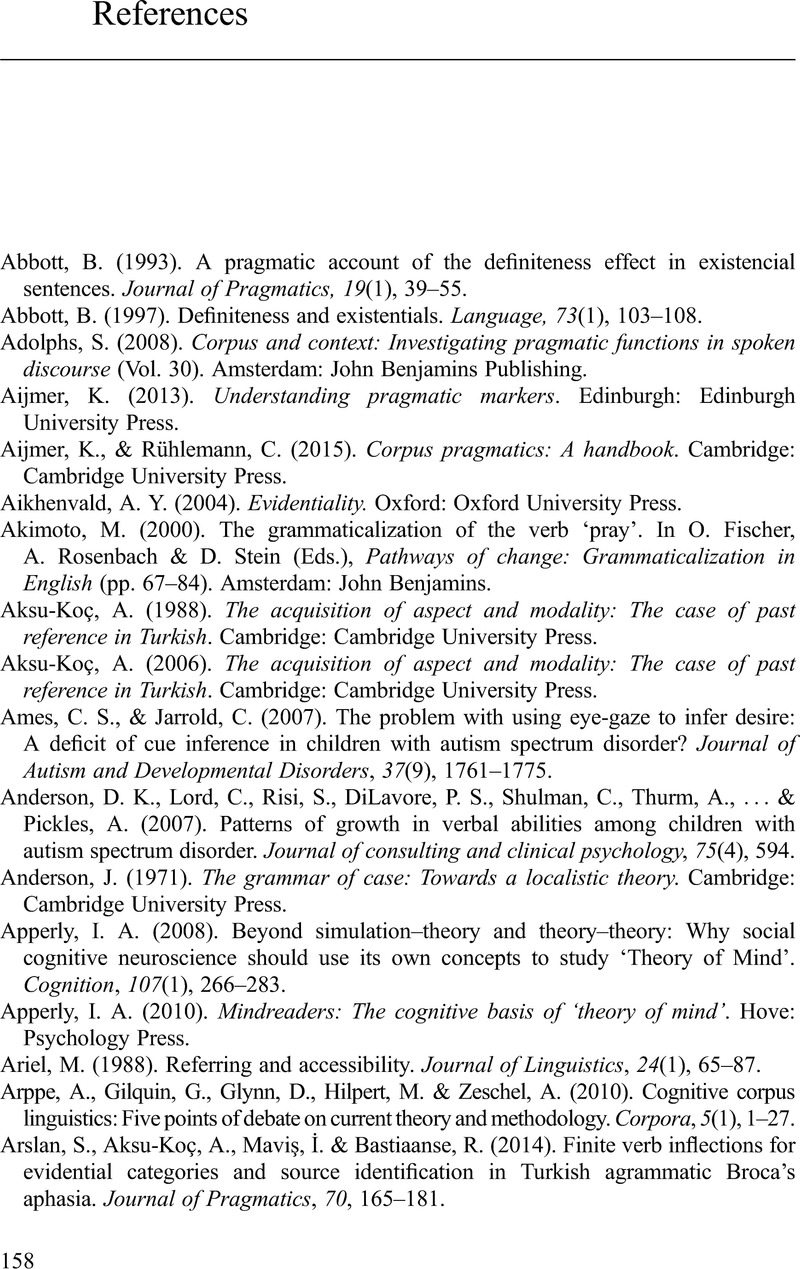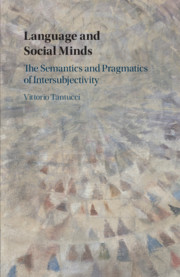References
Published online by Cambridge University Press: 26 March 2021
Summary

- Type
- Chapter
- Information
- Language and Social MindsThe Semantics and Pragmatics of Intersubjectivity, pp. 158 - 182Publisher: Cambridge University PressPrint publication year: 2021

